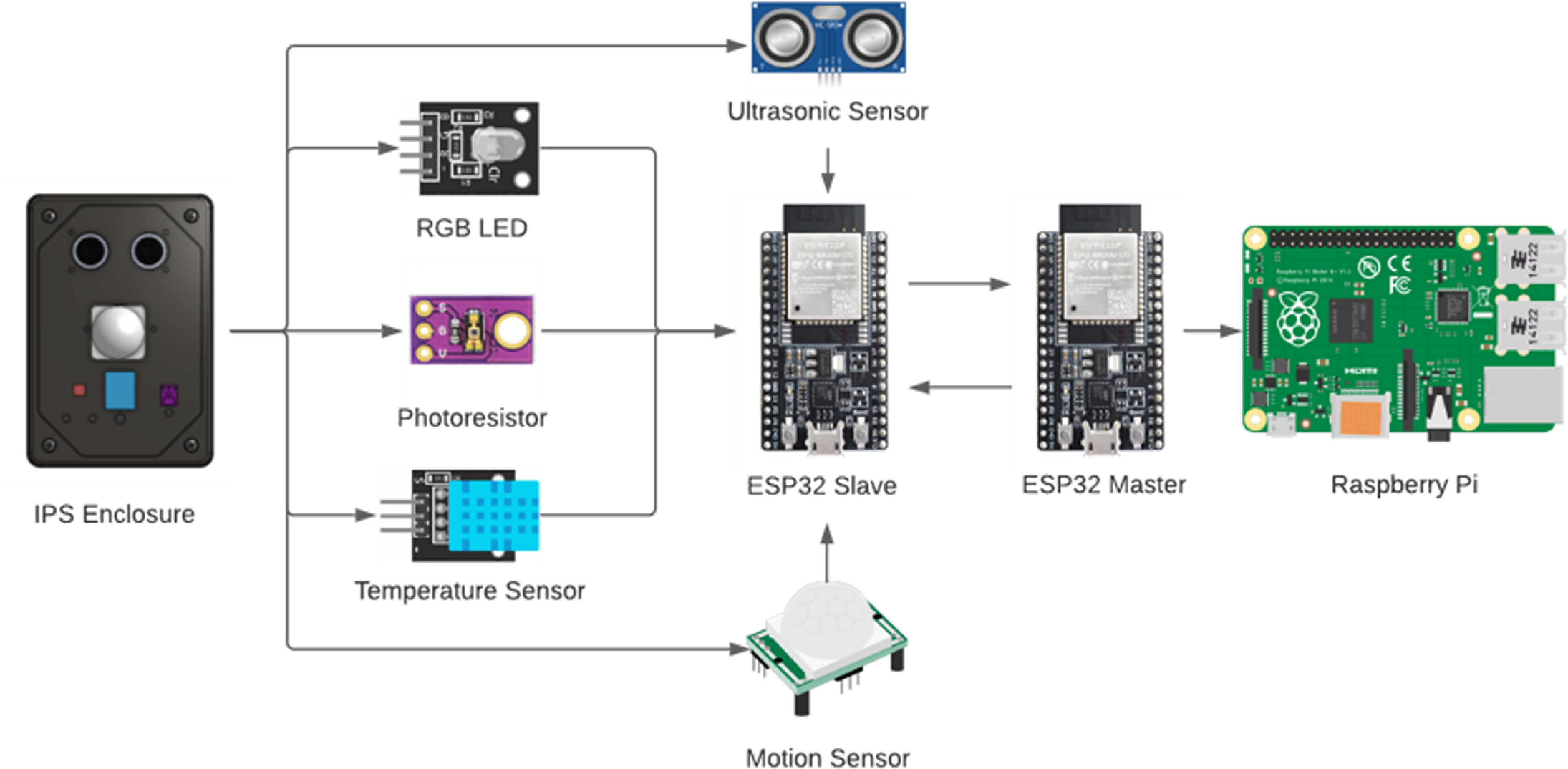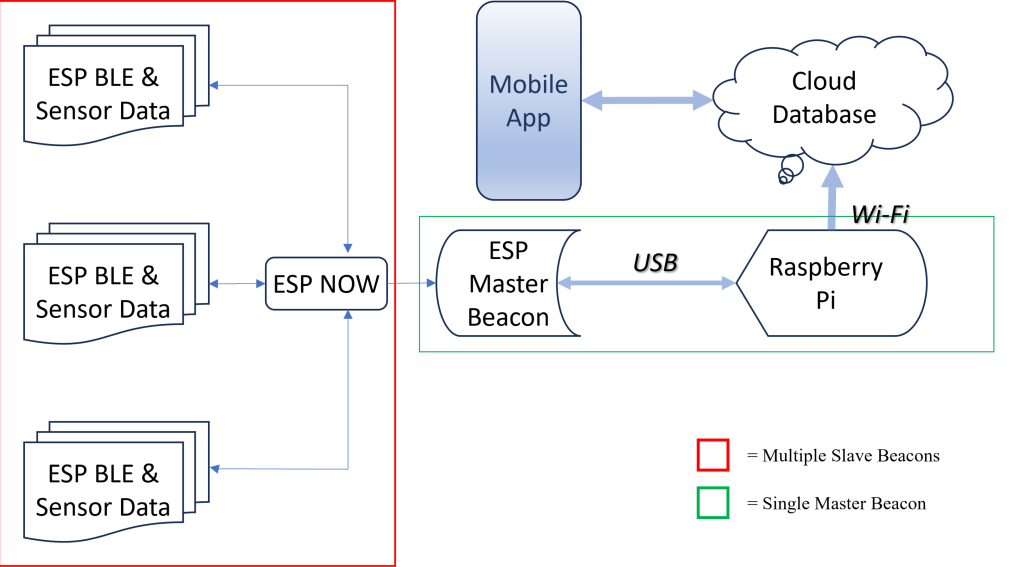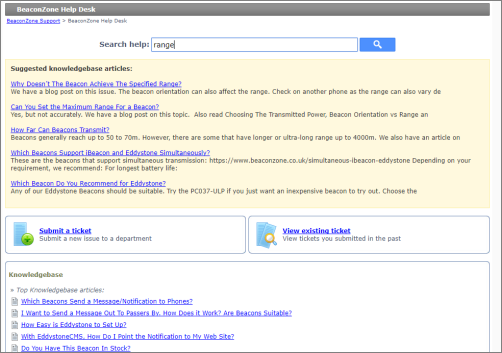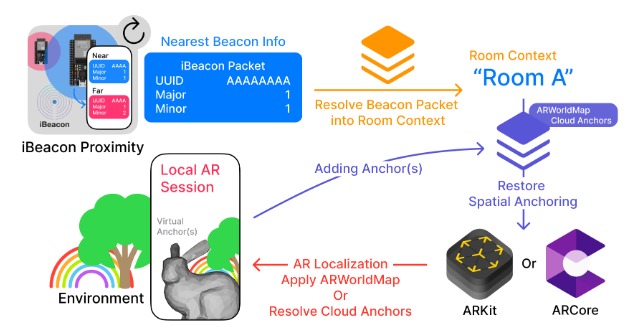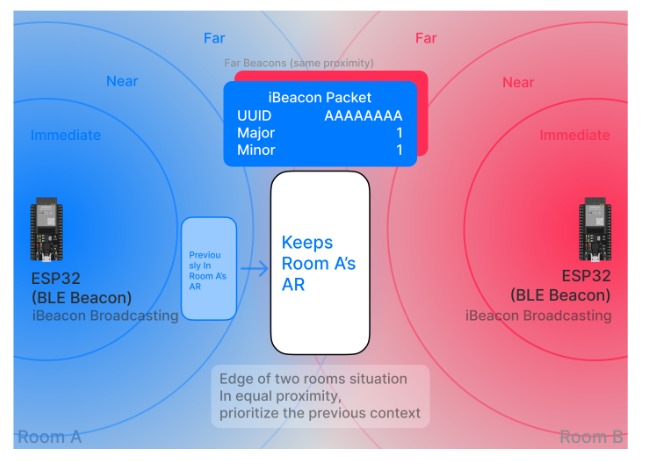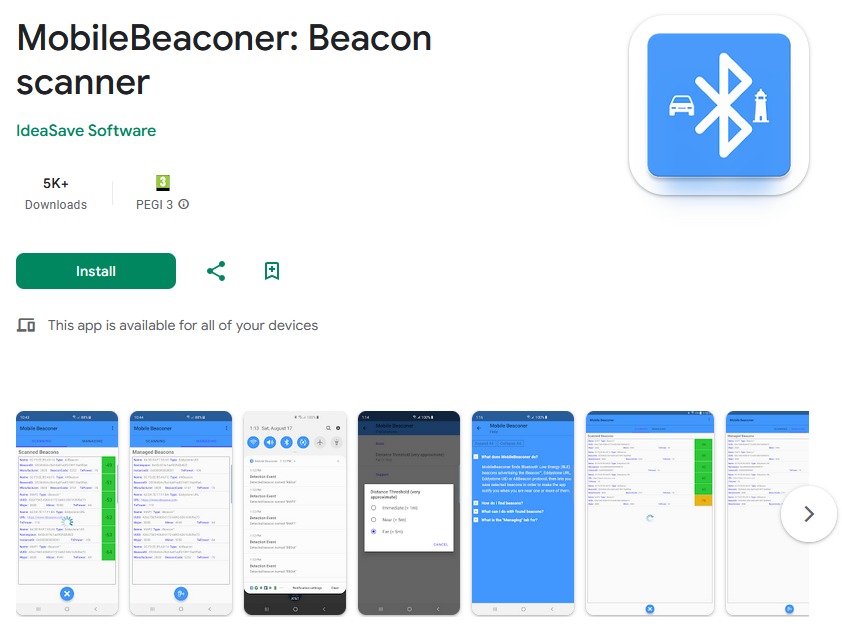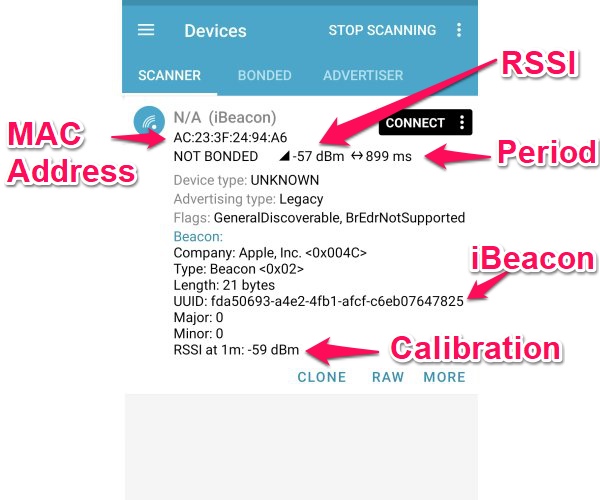The recent changes to U.S. tariff policy have significantly affected the import of Bluetooth beacons into the USA. One of the major shifts is the removal of the de minimis rule, meaning that even low-value imports from China, under $800, are now subject to tariffs. In addition, a general 10% tariff now applies to most foreign goods, with some electronics facing duties as high as 145%, particularly if they originate from China.
As almost all Bluetooth beacons are produced in China due to its cost-effective and advanced manufacturing ecosystem, the tariffs directly impact this market. Even sourcing these devices through third countries like the UK does not avoid the tariffs, since duties are based on where goods are made, not where they are shipped from. As the U.S. lacks a mature domestic beacon manufacturing industry, to our knowledge, there are no cost-effective local alternatives. Even if there are a few we have missed, they probably won’t provide the range of models/capability needed for different types of project.
This has made larger-scale beacon deployments in the U.S. economically impractical. It is not viable for a company in the USA to begin manufacturing Bluetooth beacons, as the unit cost would be prohibitively high. This is primarily due to significantly higher production costs in the United States compared to China, including labour, components and facility expenses.
On a broader scale, these tariffs are expected to raise prices and create similar problems across a very large number of other goods types. Although many see the tariffs as a political manoeuvre that could be temporary, their current impact on both technology adoption and the wider economy is a concern. Uncertainty creates instability for businesses trying to plan investments, manage supply and remain competitive.
